If you’ve ever wanted to grow heirloom apple varieties in an apple orchard or even learn how to graft your own apple trees on your homestead, this podcast episode is for you!
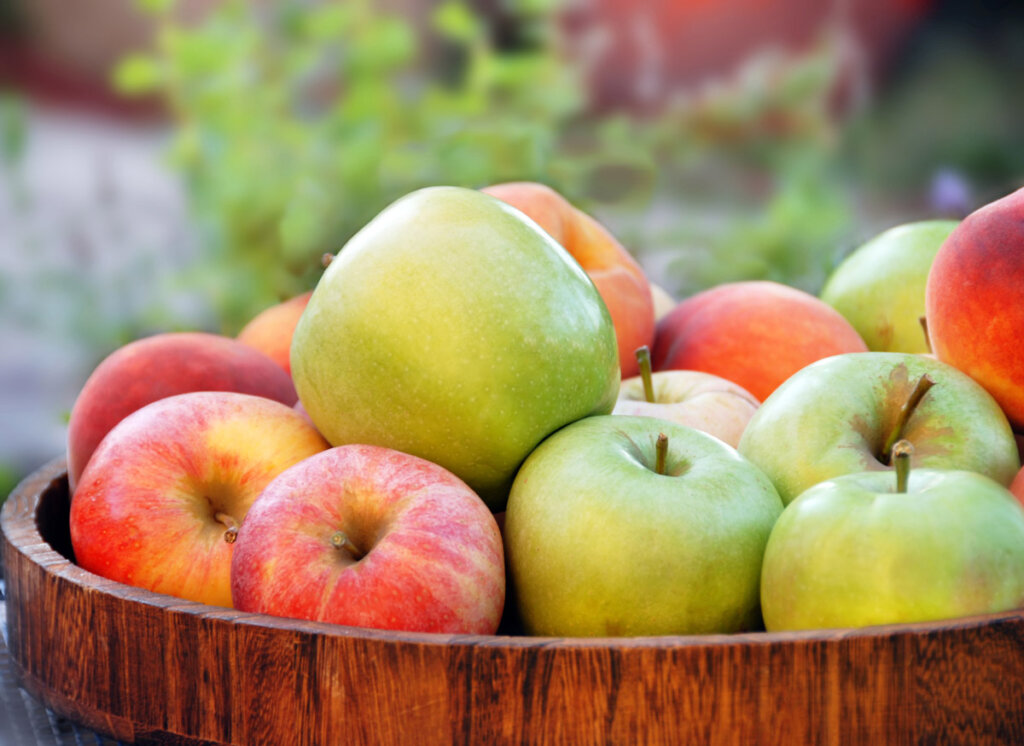
We’ve discussed before when and how to plant fruit trees, how to care for fruit trees in fall and winter, how to prune apple trees, treating fruit trees organically (and when to spray for disease), the five tips for starting an orchard, orchard planning to keep unwanted pests out, and even multiple ways to preserve apples including how to freeze apples.
This post takes this information one step deeper by looking into the historical data surrounding apple trees, both feral, domesticated and heirloom varieties.
On today’s episode of the Pioneering Today Podcast (#385), we have Nikki Conley from Athol Orchards Antique Apple Farm. She’s sharing her passion for saving America’s lost apples for future generations to enjoy, along with apple tree grafting.
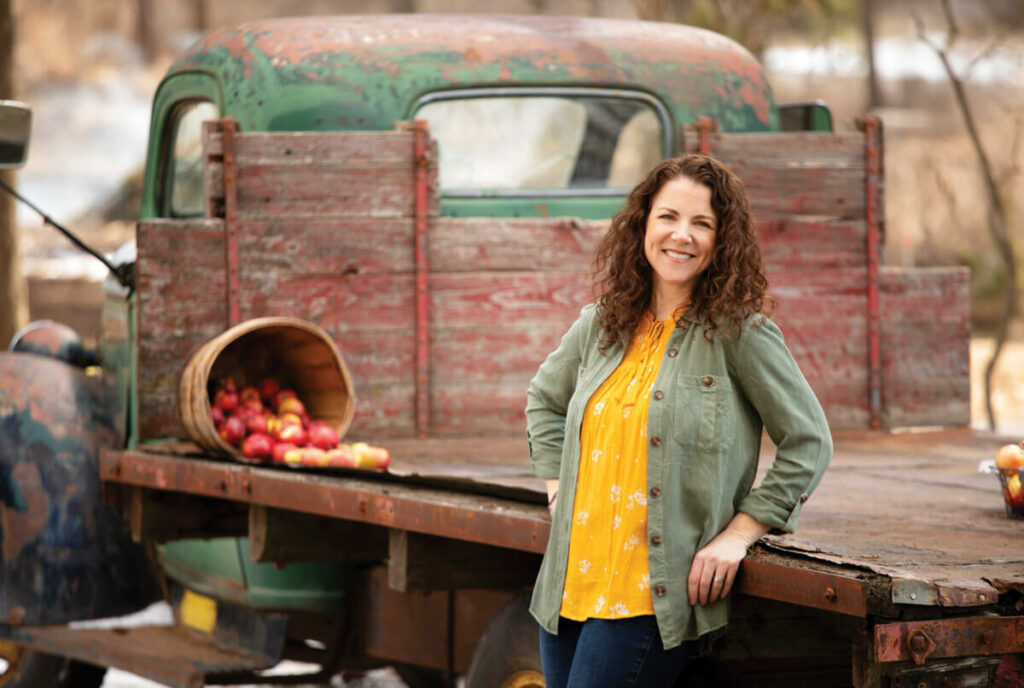
Table of Contents[Hide][Show]
About Nikki
Nikki and her husband Erreck (along with their two daughters) established Athol Orchards Antique Apple Farm in the autumn of 2016. Settling in the mountains east of Athol, North Idaho, the Conleys were seeking land where they could establish the life-long dreams of self-sufficiency, genuine childhoods for their girls, and the storied life of the traditional American farmer.
Ever since she was a young girl, Nikki had a love of apple trees because she thought they looked like Christmas ornaments hanging on the trees.
Nikki and her family have now committed their lives to growing and preserving extremely rare and historical varieties of apples and educating thousands of guests from surrounding communities and beyond.
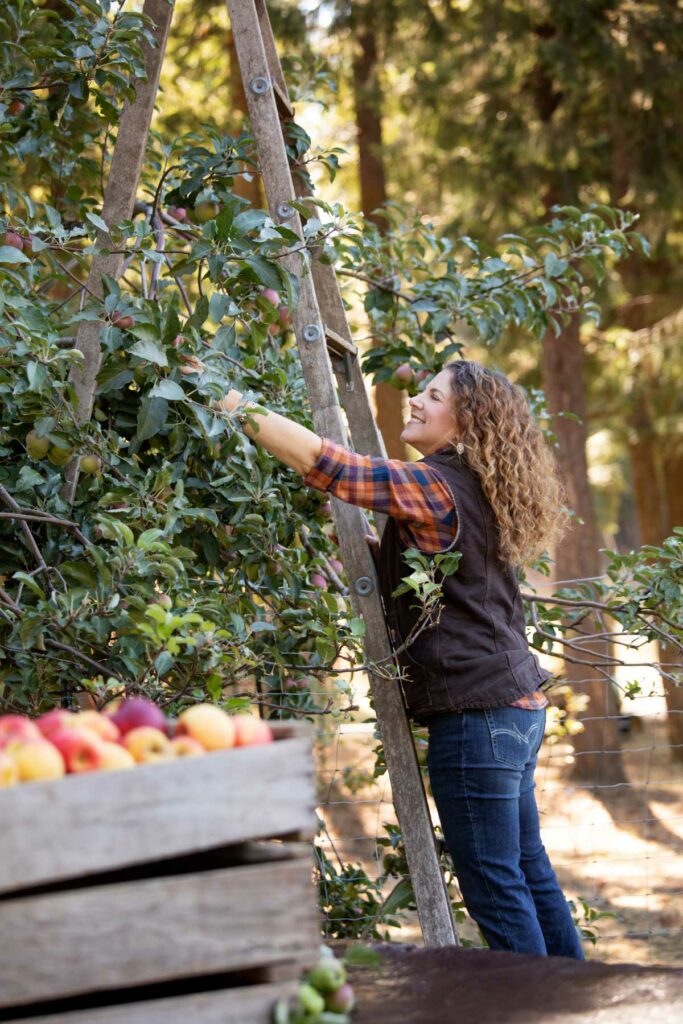
In This Episode
- The difference between modern apples and heirloom varieties.
- Daniel J. Bussey – The Illustrated History of Apples in the United States and Canada. This is a seven-volume encyclopedia set! You can purchase this set here, or look at the paintings of the various apple varieties here.
- The purpose of hard apple cider in terms of history.
- The history of Johnny Appleseed.
- How apple seeds work and how it’s different than many other seeds.
- Scionwood – what you call young twigs (usually about the size in diameter of a pencil) used to propagate woody plants.
- How to tell the difference between feral trees (planted via animal skat) and cultivated trees that were planted purposefully.
- What makes good storage varieties of apples (Nikki’s pick for storage apples is Arkansas Black – she shares that the flavor develops during storage!).
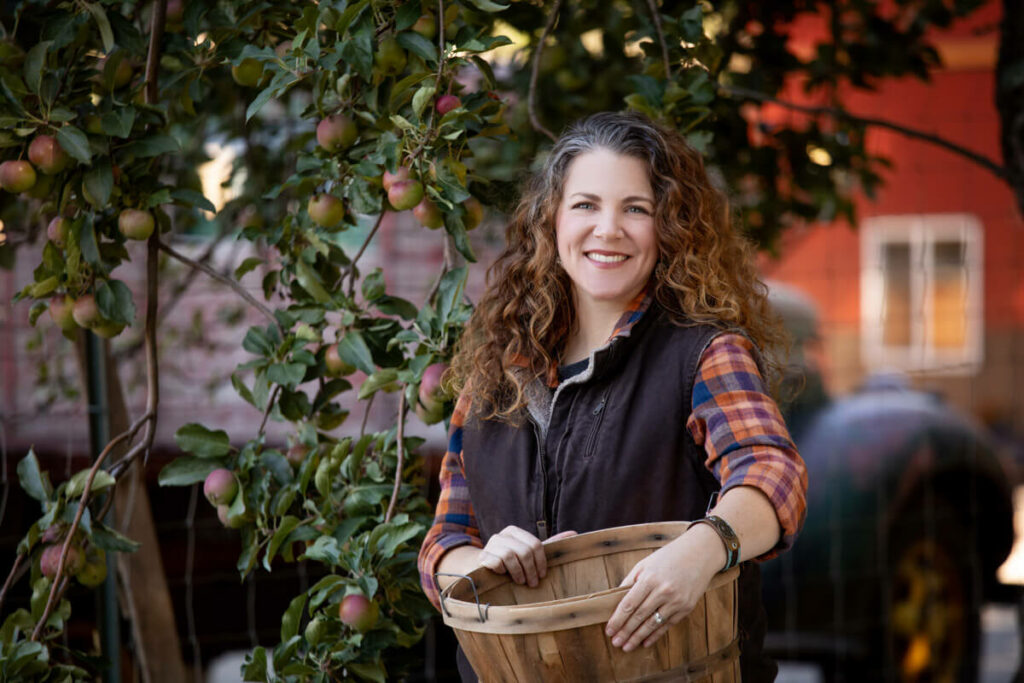
Where to Find Nikki
Nikki will be with us at this year’s Modern Homesteading Conference (2023), where she’ll teach about the preservation of historic and rare apples and apple tree grafting, as well as ways to utilize your orchard for additional income from your homestead.
Athol Orchards will also have a booth at the conference where you can order apple trees for your homestead or yard, and they’ll be shipped to you the following spring when they’re ready for planting!
If you find yourself in the Athol (North Idaho) area, Athol Orchards hosts several workshops offered through their “Orchard School” program throughout the seasons.
- Apple Grafting 101
- Domesticated And Native Pollinators (Beekeeping 101)
- The Autumn Orchard Tour
These are just some of the few workshops that allow local aspiring homesteaders to gain the knowledge and experience needed to establish their own orchards in a self-sustaining, holistic way. They even host a Maple Sugaring Workshop at the farm supporting the North Idaho Mapleshed Project.

American Blossom Linens
American Blossom Linens is an American-made company that sells organically grown cotton towels, sheets, blankets, pillows and more. Their products are heirloom quality and made from cotton grown in the USA.
I don’t know about you, but it seems it’s getting harder to find products that are made in the United States, as well as cotton that’s 100% pure that holds up well to extended use.
One thing I love about my American Blossom sheets is that they seem to get softer with each and every wash. They keep me warm in the winter and cool in the summer (I don’t know how they do it!), but I just fall more in love with them with every night’s sleep.
American Blossom Linens is a sponsor of today’s podcast and blog post. They’re offering a 20% discount on your entire order when you use coupon code “PioneeringToday20”.
Verses of the Week: Psalm 17:8 and Proverbs 7:2
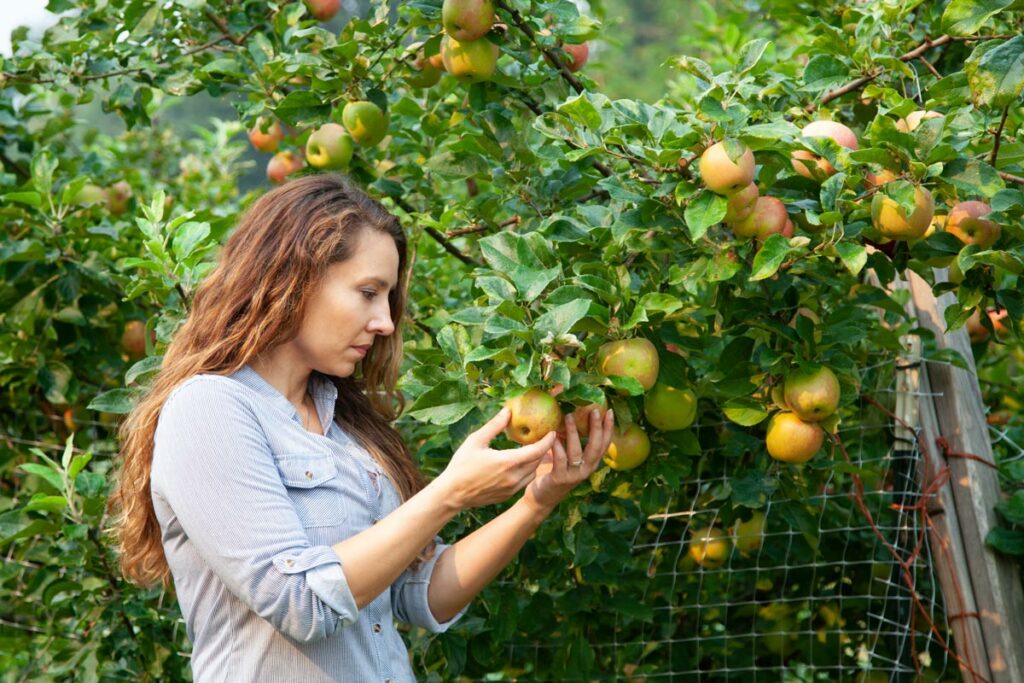
More Resources for Growing Fruit Trees:
- 5 Tips to Starting an Orchard and Growing Fruit
- When & How to Plant Fruit Trees
- Growing Fruit Trees in Pots
- How Many Fruit & Berry Plants Per Person to Plant
- How to Prune an Apple Tree in Winter
- How to Prune Elderberry Bushes for Maximum Growth
- How to Treat Fruit Trees Organically: When to Spray for Disease
- How to Care for Fruit Trees in the Fall & Winter
- How to Grow Fruit Trees
[fusebox_transcript]



